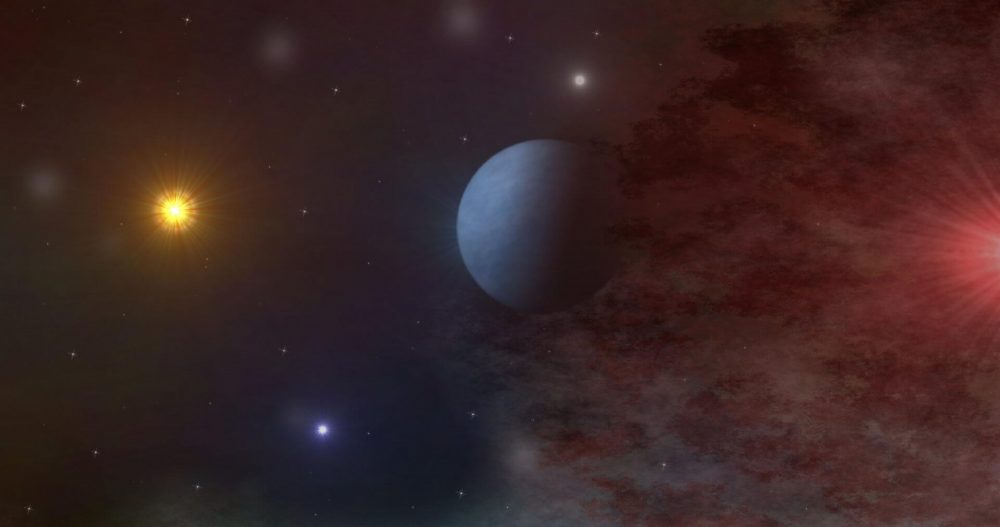Astronomers from Penn State and MIT have unveiled groundbreaking discoveries of disintegrating planets shedding their interiors under extreme heat. Using cutting-edge data from the James Webb Space Telescope (JWST) and the Transiting Exoplanet Survey Satellite (TESS), these studies could redefine our understanding of planetary composition and evolution.
What Happens When Planets Are Too Close to Their Stars?
Disintegrating planets, an ultra-rare phenomenon, belong to a class called ultra-short period planets (USPs). These celestial bodies orbit their stars in just hours, exposing them to intense heat that vaporizes their surfaces. This process creates dramatic dust tails, resembling comets, and reveals the internal materials of the planets.
The Penn State team focused on K2-22b, a rocky planet discovered by the Kepler spacecraft. Orbiting its star every 9.1 hours, K2-22b endures temperatures hot enough to vaporize rock and metal. JWST’s advanced spectrograph analyzed the materials escaping from this planet, revealing a mix of silicates and unexpected compounds like carbon dioxide and nitric oxide.
Nick Tusay, a Ph.D. student at Penn State and the study’s lead author, described this as a rare chance to study planetary interiors. “These planets are literally spilling their guts into space,” he explained. Surprisingly, the analysis suggested traces of icy compounds, more commonly associated with comets than rocky worlds.
A New Benchmark in the Search for Disintegrating Planets
Meanwhile, MIT astronomers discovered BD+05 4868 Ab, the closest and brightest disintegrating planet found to date. This planet’s massive dust tails span approximately 9 million kilometers, making it a benchmark for studying these systems. The dual tails, composed of particles ranging from sand-sized grains to fine soot, indicate rapid disintegration—equivalent to losing a moon’s worth of material every million years.
Marc Hon, a postdoctoral researcher at MIT, emphasized the uniqueness of BD+05 4868 Ab: “The rate at which this planet is evaporating is utterly cataclysmic and we are incredibly lucky to be witnessing the final hours of this dying planet.”
Both teams have submitted a proposal to study BD+05 4868 Ab using JWST. This brighter star provides an exceptional opportunity to analyze disintegrating planets in greater detail, potentially confirming the presence of unexpected compounds.
These discoveries highlight the transformative potential of modern telescopes like JWST and TESS. By observing these “dying” worlds, astronomers can uncover the hidden secrets of planetary formation and evolution across the cosmos.











